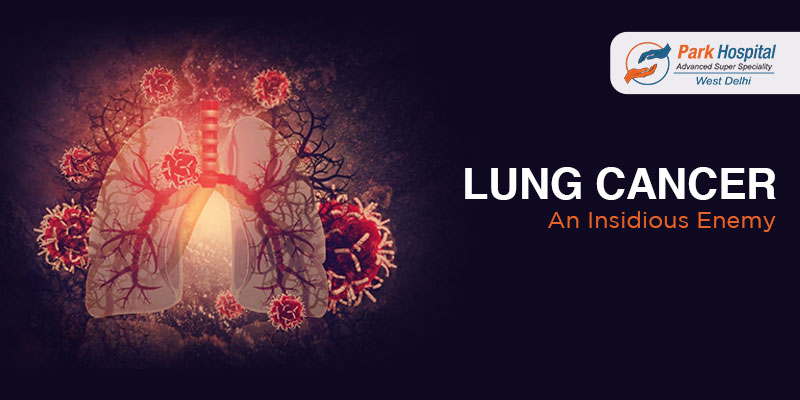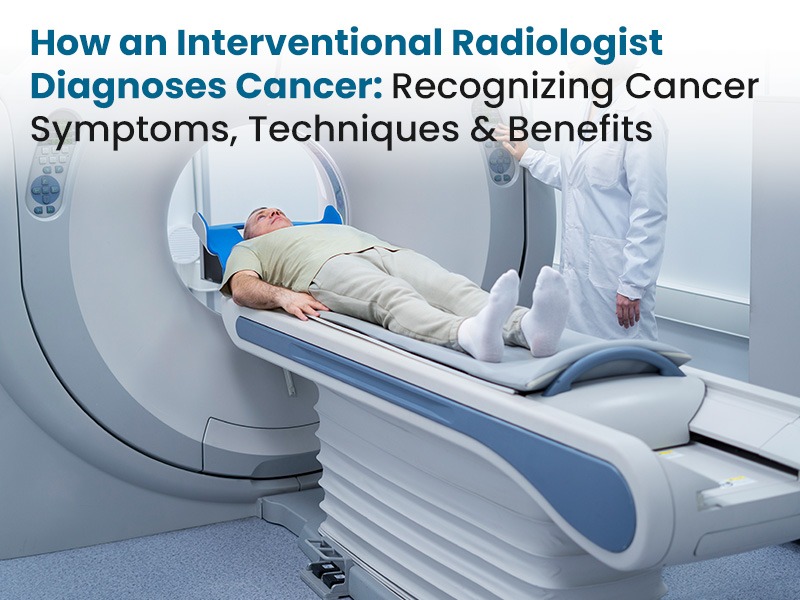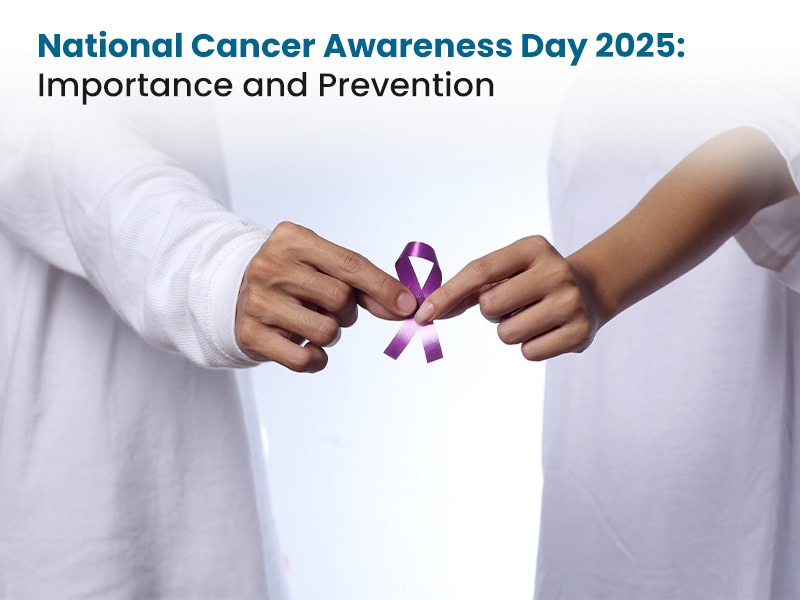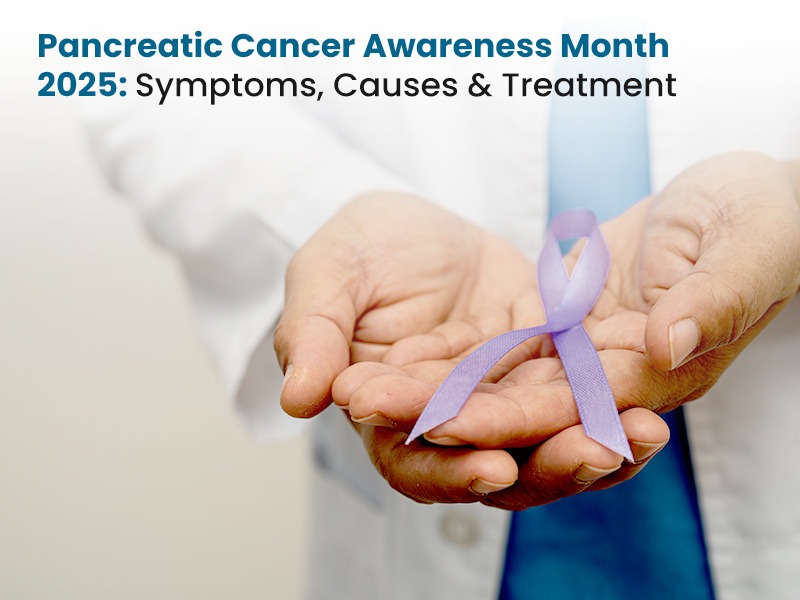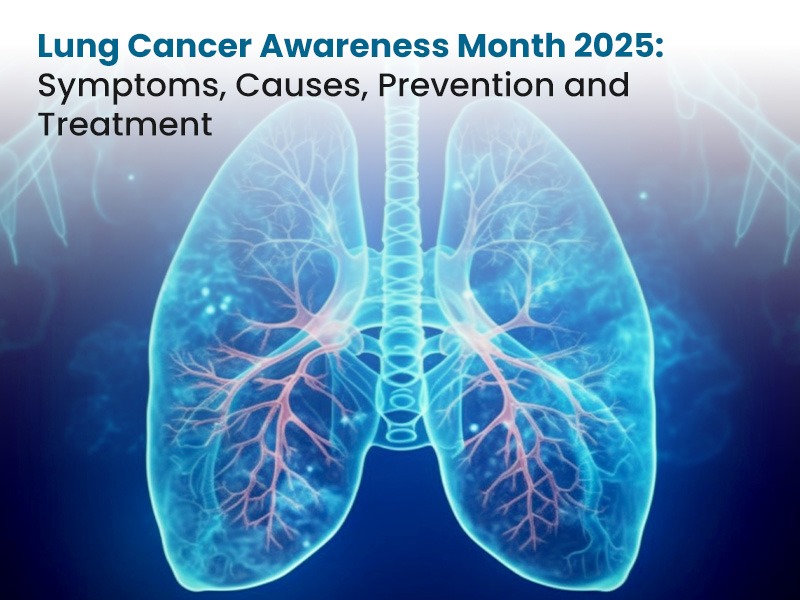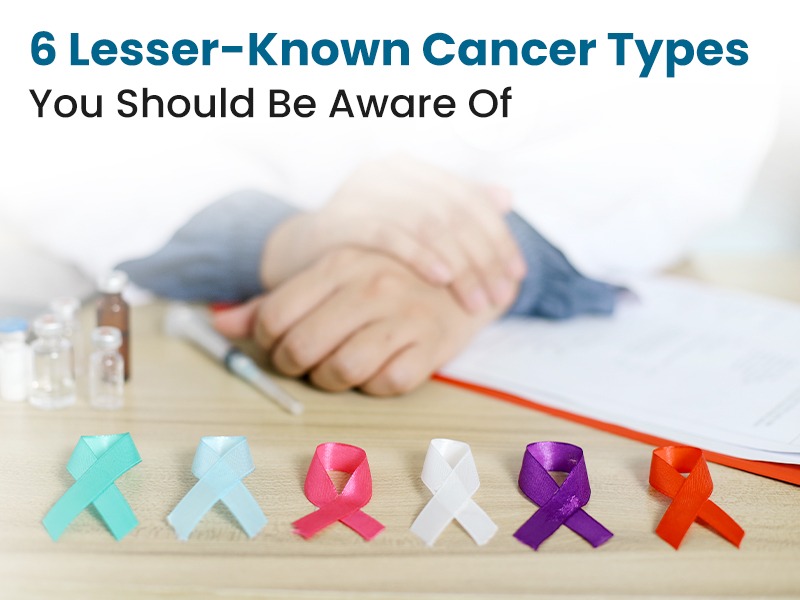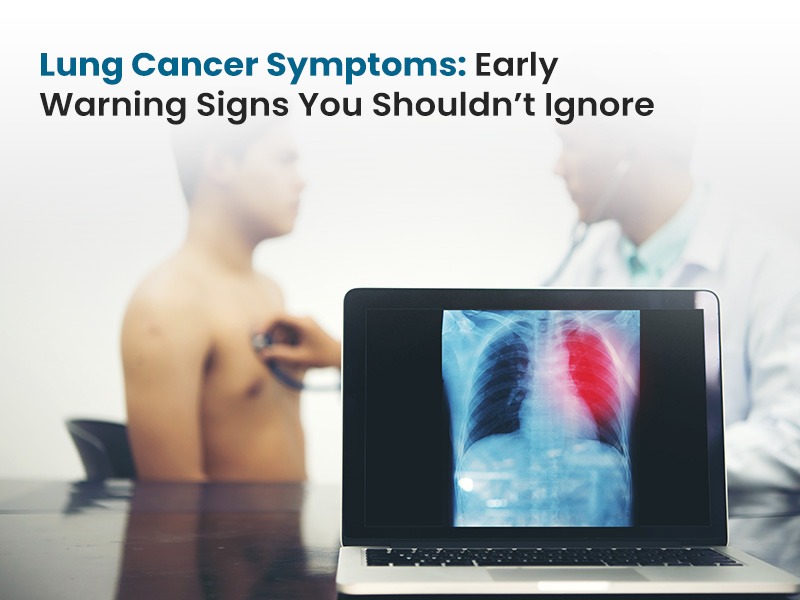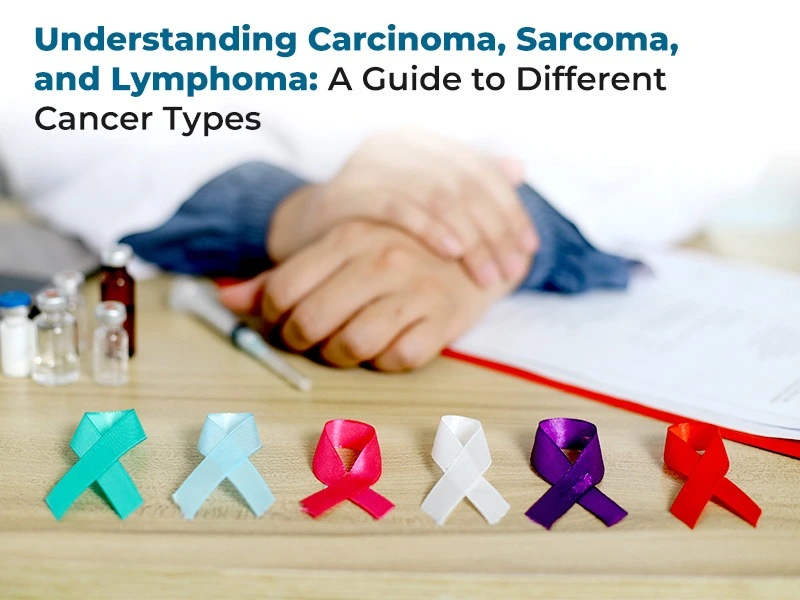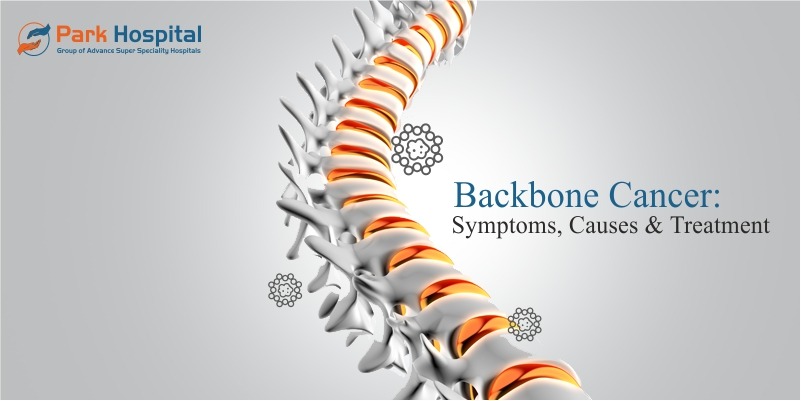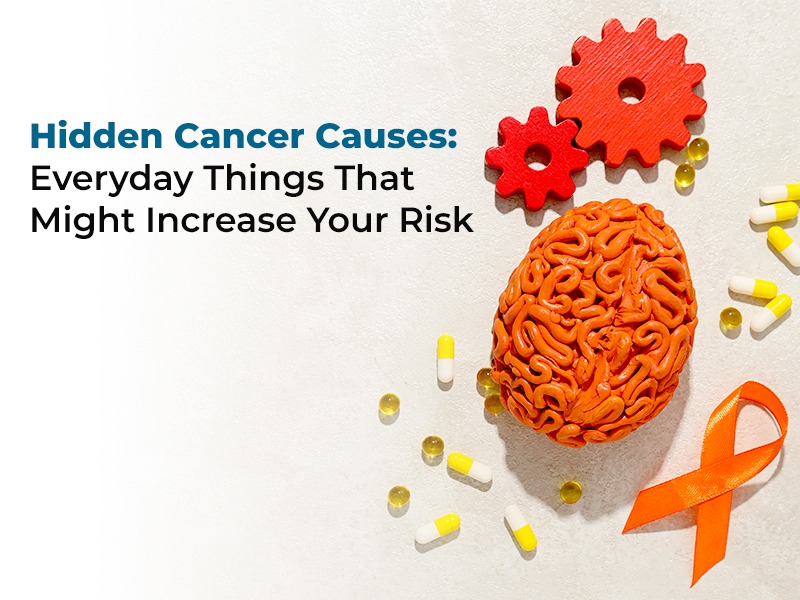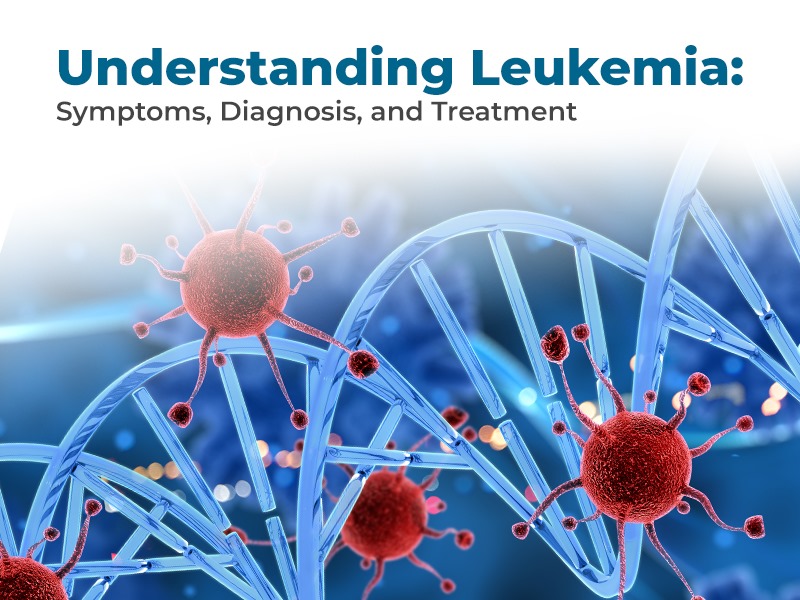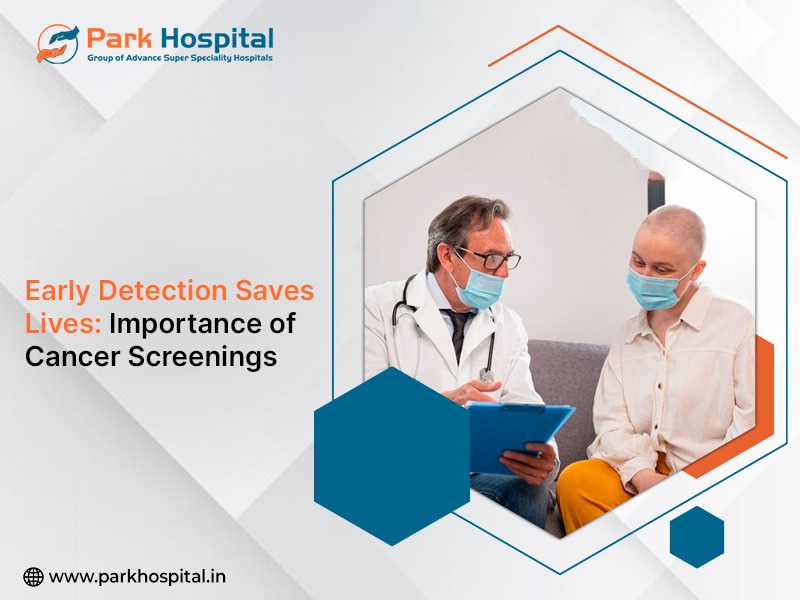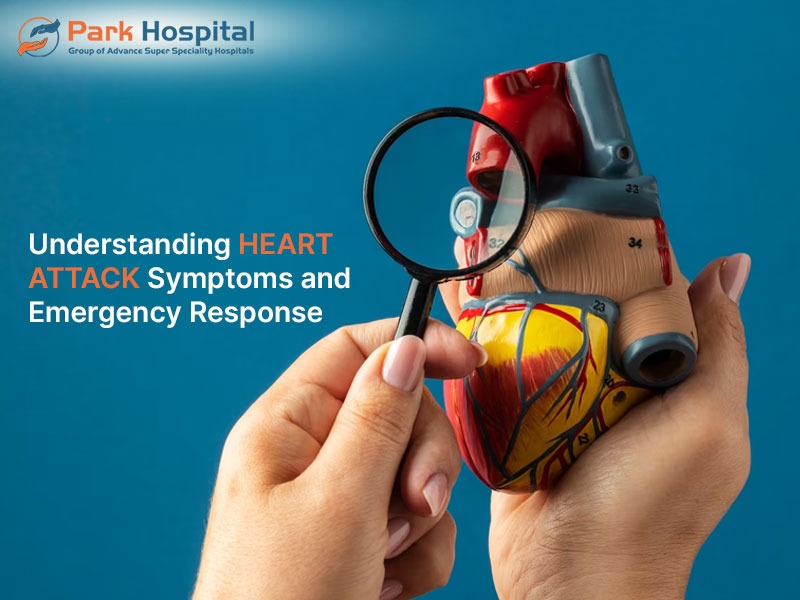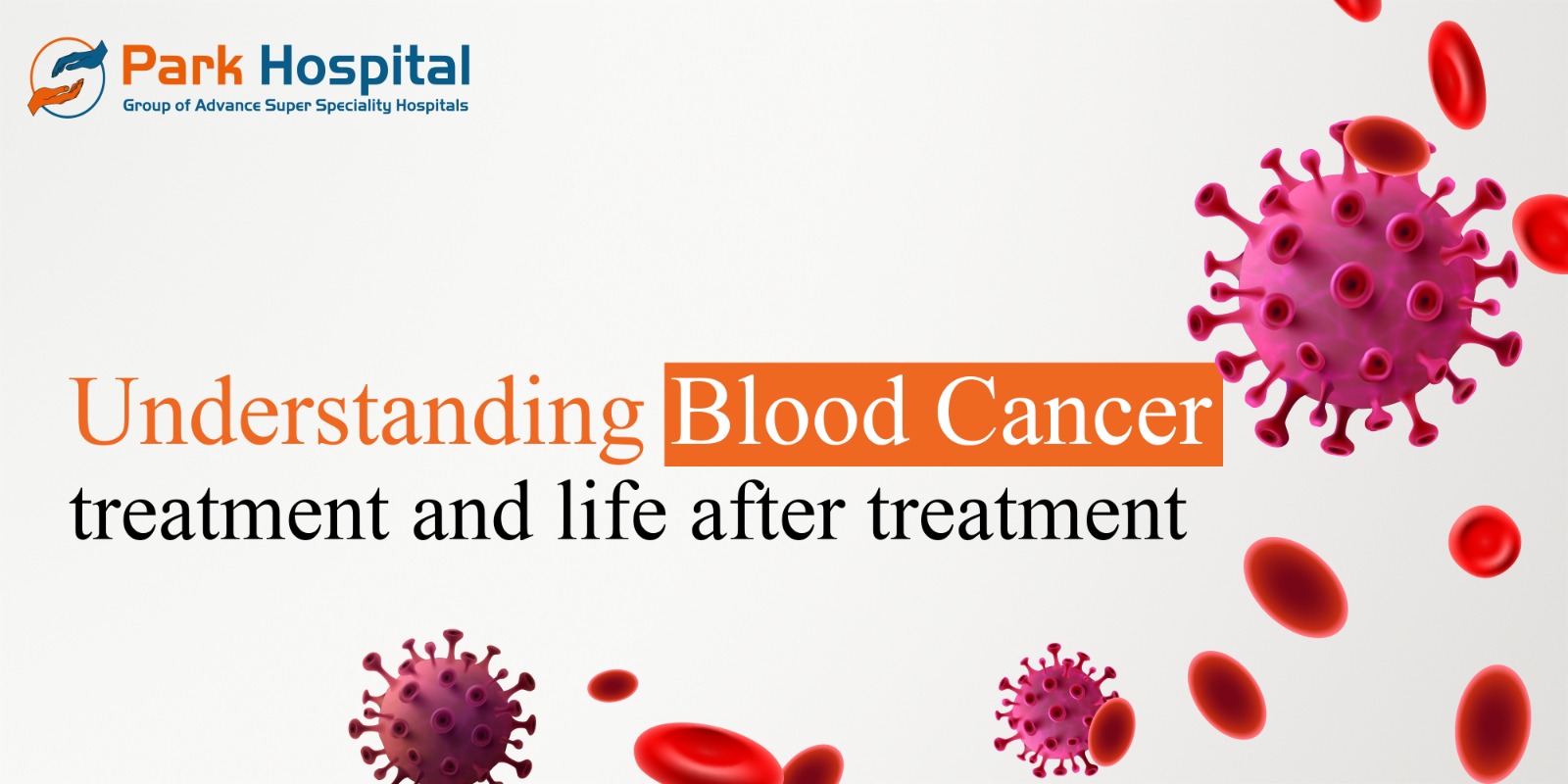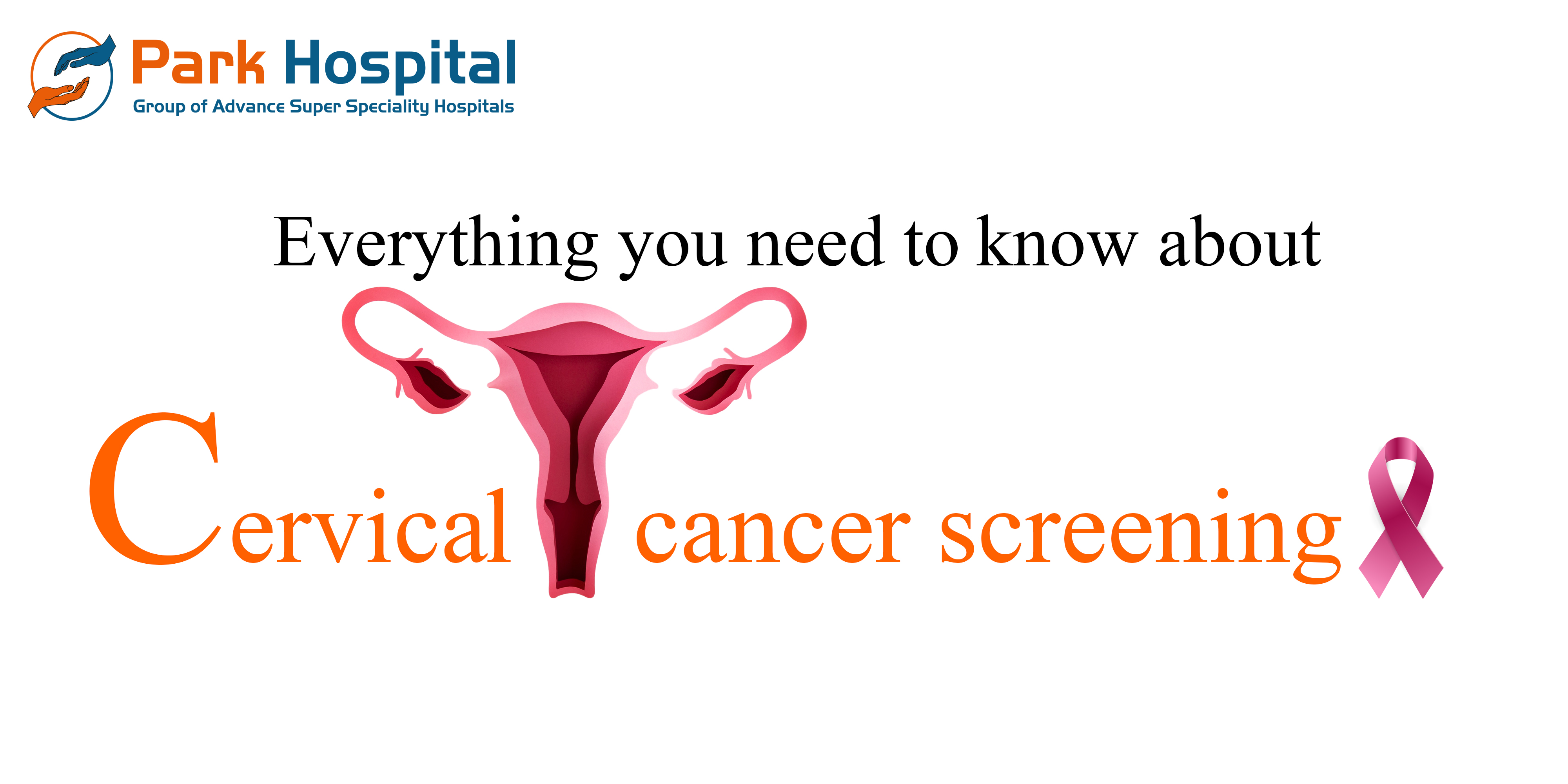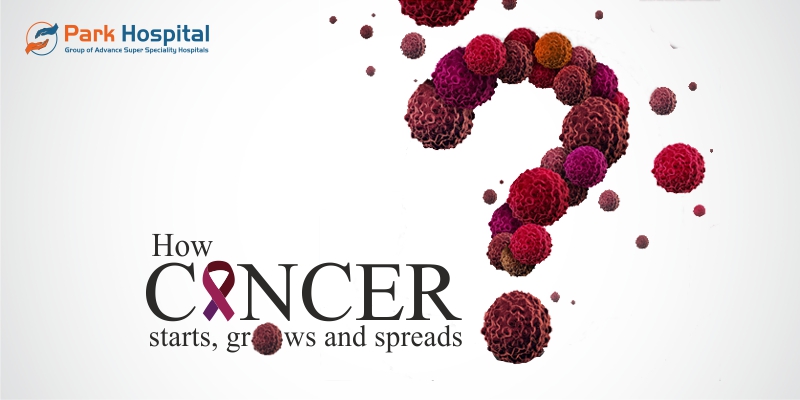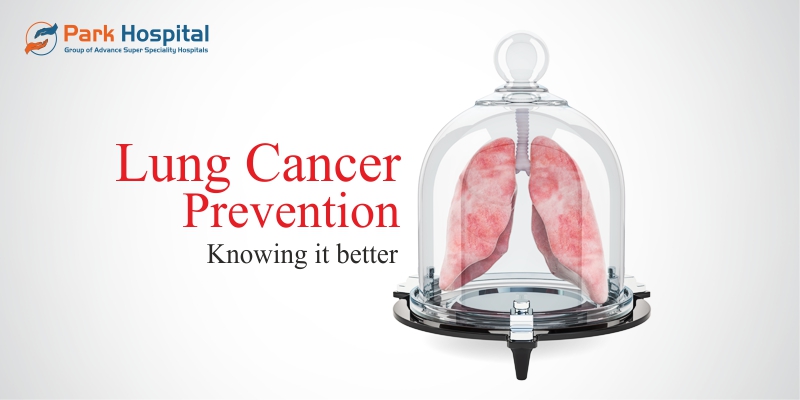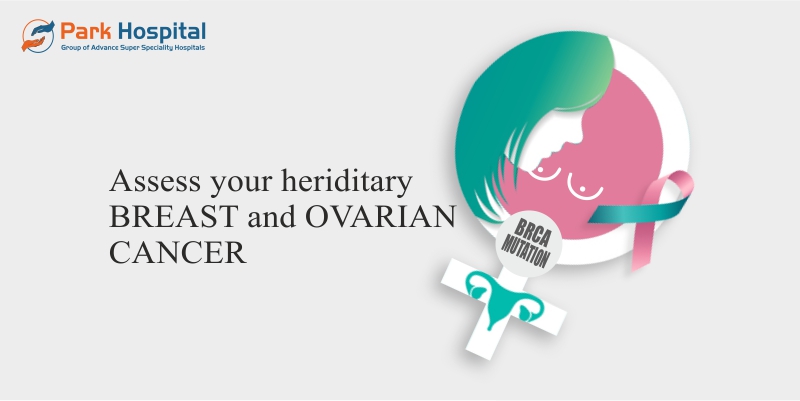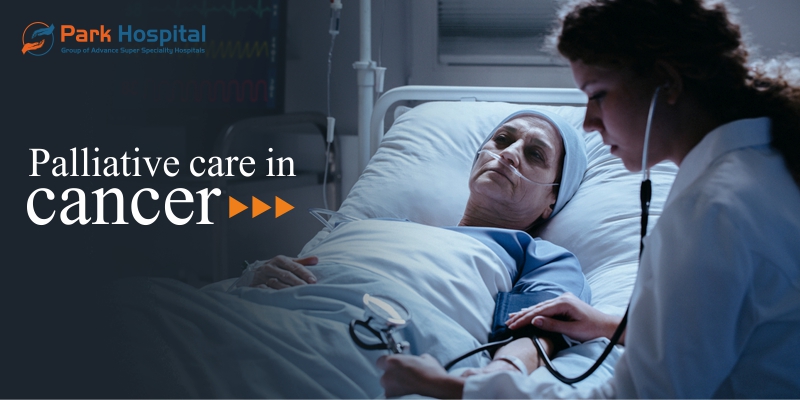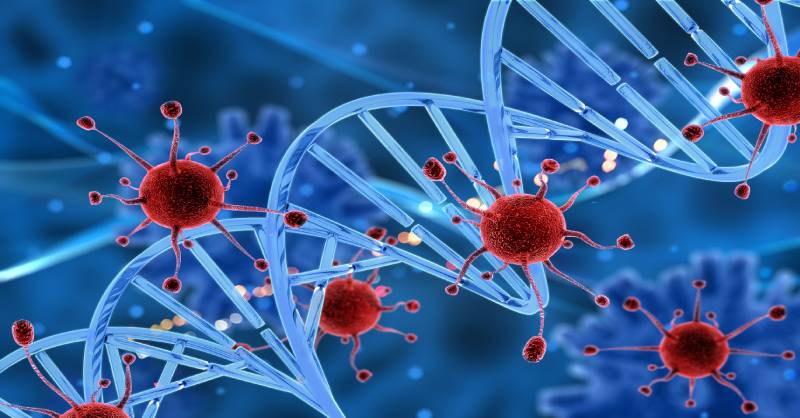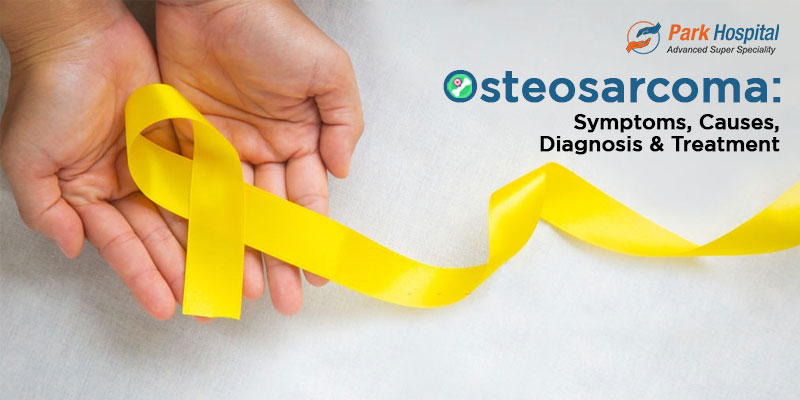Cancer is one of the deadliest menaces in history accounting for millions of lives every year. It is caused when the normal process of cell division turns into an uncontrollable growth spurt resulting in a malignant tumor. Malignant means that the tumor has the potential to keep growing to other parts of the body, even after being cut off during surgery.
The growth of the tumor is attributed to various internal and external factors which cause irreversible changes to the DNA.
Lung Cancer is the second most common among all types of cancer. And, like most cancerous growths it takes a long time to develop and is asymptomatic, and is very hard to diagnose in earlier stages.
The most common cause attributed to Lung Cancer is smoking but it is not definitive as one out of every fourth person diagnosed with lung cancer tends not to be a smoker.
Although smoking does affect many permanent changes to the insides of lungs and adjoining areas and tumors are just one of them.
Diagnosis and symptoms of lung cancer
As discussed earlier, lung cancer is very hard to diagnose in earlier stages. Thus, the majority of the cases which are diagnosed are in advanced stages and among older people. In cases where lung cancer is diagnosed at the first stage are most likely to be treated completely.
The most common symptoms of lung cancer are:
- Coughing that does not improve
- Hoarseness in throat
- Blood in phlegm or sputum that accompanies coughing
- Acute fatigue
- Wheezing
- Infections that return or will not clear
- Chest pain that gets worse with cough or laugh
In advanced stages, symptoms deteriorate into unbearable chest pains, unintentional and rapid weight loss, weakness in bones and muscles, drooping eyelids, etc.
Doctors usually advise a Chest X-ray or CT scan in these cases to identify abnormalities. Further diagnosis requires a biopsy or the removal of cells or tissues from the suspicious mass.
Sometimes bronchoscopy or even minor surgery is needed to confirm the presence of cancerous growth.
Stages and types of lung cancer
Experts use the term staging to define and understand cancerous growth. There are many ways to term these stages, but it is universally agreed that lung cancer like every cancer has four stages.
- Stage I of lung cancer or Localized growth- The cancer is confined to the organ it started in and nearby tissues but it has not yet reached the lymph nodes.
- Stage II or III of lung cancer or regional growth- Cancer has considerably grown to nearby parts reaching the lymph nodes within the chest.
- Stage IV of lung cancer or metastasized growth- Cancer has grown to the other parts of the body. Cancer in this stage has a very low chance of getting treated.
Most lung cancers start in the bronchial lining and spread to other parts of the lung and heart. They can also start in the other glands in the lungs. Based on origin and spreading patterns Lung cancer are divided into two basic types:-
- Small cell lung cancer- Less common type of lung cancer; grows rapidly and is already likely to be in an advanced stage when diagnosed.
- Non-small cell lung cancer is- more common type of lung cancer, it grows and spreads more slowly than small cell lung cancer.; can be further subdivided into three types on the basis of cells of origin.
- Adenocarcinoma starts at the periphery of the lung is the most common lung cancer type among both habitual smokers and non-smokers.
- Squamous cell carcinoma starts in breathing tubes near the center of the chest. The size of the tumors can range from very small to quite large.
- Large cell carcinoma often starts near the periphery of the lung, grows rapidly, and is usually quite extensive when diagnosed.
There are other rare types of cancers that specifically affect the lung and chest areas such as Carcinoid tumors and malignant Mesothelioma.
Mesothelioma is a very rare condition that affects the mesothelium which is the lining covering the majority of human internal organs including the lungs. Affecting only a few thousand people every year it is caused by overexposure to asbestos.
Treatment and Prevention
The common treatment of Lung cancer include: �
- Chemotherapy- Intravenous or oral drugs that are designed to kill abnormal cell growth.
- Targeted agents- A new class of drugs that exploit the weakness of cancerous cells or the adjoining areas.
- Radiation Therapy- Focused therapy uses high-energy X-rays which kill the cancerous cell. Used in more advanced stage to maximize the damage to the tumor and minimize it to adjoining tissues.
- Surgery- Most common and effective treatment at earlier stages. Doctors can decide to remove a part of the lung or the whole of it depending on the severity of cancerous growth.
Although there are no well-defined causes of Lung cancer, one can take a few steps to prevent its onset.
- Quit smoking and avoid passive smoking
- Reduce your exposure to chemicals known to cause cancer, such as:
- Arsenic
- Asbestos
- Beryllium
- Cadmium
- Substances containing nickel or chromium
- Coal products
- Air pollution, such as exhaust from diesel engines
- Radon. Have your home tested for radon, a radioactive gas that is colorless and odorless
- Eat a healthy diet.
- Exercise regularly.
If you are having any symptoms pertaining to Lung Cancer like breathing problems, persistent cough, or chest pains then contact your nearest Park Hospital for testing and treatment. Park hospital is one of the best oncology hospitals in Delhi and has the best oncology team in Delhi and in the country.

